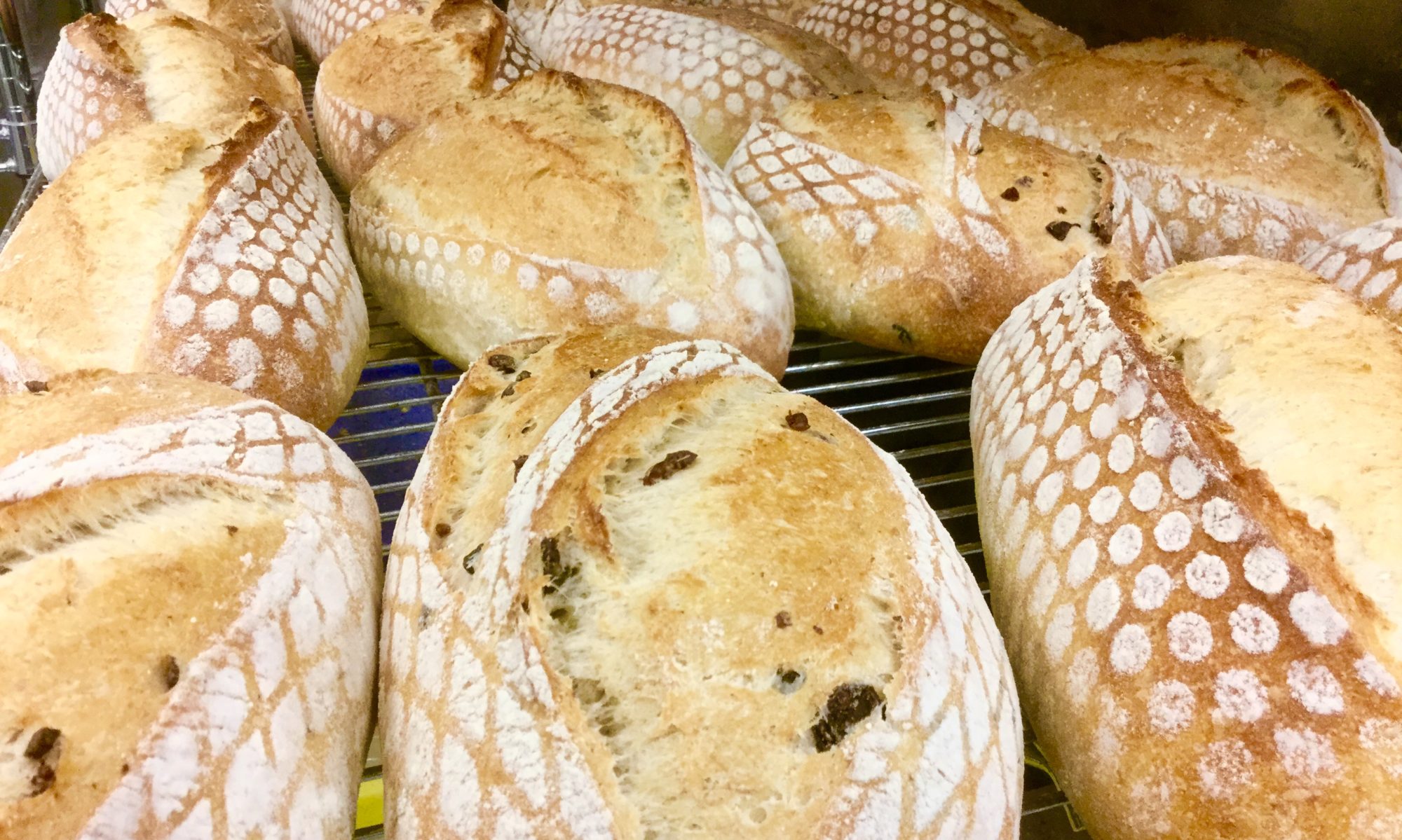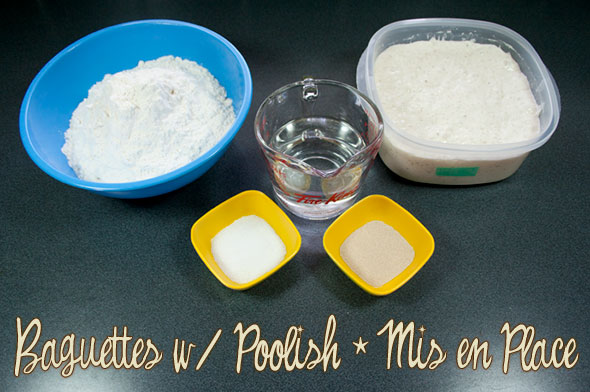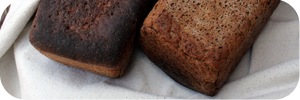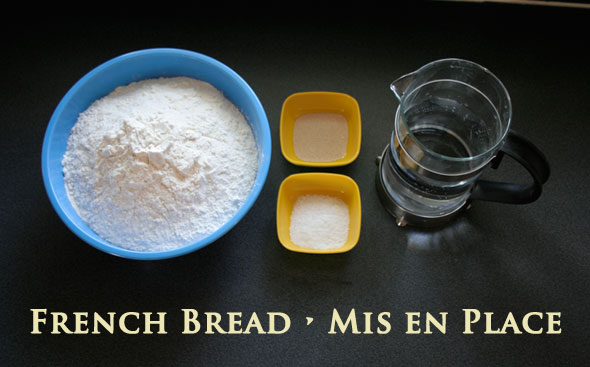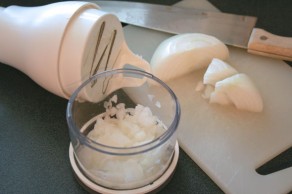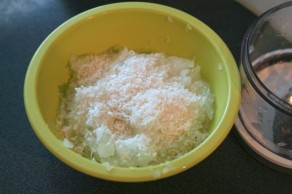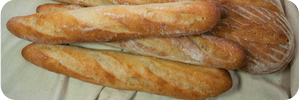 Here we are at bread no. 17 for the Mellow Bakers, Baguettes with Poolish from Hamelman’s amazing book, [easyazon-link asin=”1118132718″ locale=”us”]Bread: A Baker’s Book of Techniques and Recipes[/easyazon-link]
Here we are at bread no. 17 for the Mellow Bakers, Baguettes with Poolish from Hamelman’s amazing book, [easyazon-link asin=”1118132718″ locale=”us”]Bread: A Baker’s Book of Techniques and Recipes[/easyazon-link]
[easyazon-image align=”left” asin=”1118132718″ locale=”us” src=”http://ecx.images-amazon.com/images/I/511D04HptFL._SL110_.jpg” width=”89″ height=”110″]”What, baguettes again? Didn’t you just do these last month?” Yes indeed, I did baguettes last month. However, these are different!
This time around, the dough is made with a poolish pre-ferment (equal parts flour and water plus a tiny smidgen of yeast, left to mature for several hours). Last month’s French Bread was a straight dough and came together in about 4 hours.
So what does the poolish accomplish for us? Because it’s allowed to sit for 12 to 16 hours, it’s got time to ferment the flour and in so doing, develops a stronger dough, superior flavour, better keeping quality and actually shortens the time it takes to make the bread, in spite of requiring a long pre-ferment period. By mixing the pre-ferment ahead of time, taking just a couple of minutes, the action of the enzymes on the dough, when mixed together, speed up the bulk and final proofing considerably.
Of all these aspects, the one that will stand out most to those who eat it is the improved flavour.
Let’s move ahead then and see if this is indeed the case.
The night before, I mixed the poolish, 300 g flour + 300 g water + 1/8 teaspoon of instant dry yeast. This is left overnight to ferment. (Imagine I took pictures here.) So next day…
We have bread flour, water, salt & yeast and our now well-developed poolish which is easily twice its original size. Amazing how a teeny amount of yeast can do that.
